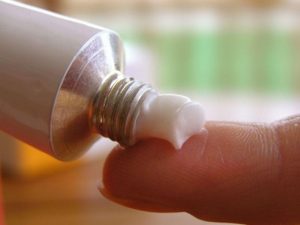
Suicidal thoughts and contemplation of death haunt the minds of many rural Black men in the United States, a new study reports. One in three rural Black men said they had such dark thoughts within the past two weeks, University of Georgia researchers found. These thoughts are driven by childhood trauma, poverty and exposure to racism, all of which take a heavy toll on mental health as Black teens enter adulthood, researchers said. “We found when Black men were exposed to childhood adversity, they may develop an internal understanding of the world as somewhere they are devalued, where they could not trust others, and they could not engage the community in a supportive way,” said researcher Michael Curtis, a graduate of the University of Georgia’s College of Family and Consumer Sciences. Racial discrimination in particular predicted higher rates of suicidal thoughts, researchers found. Even Black men who reported positive childhood experiences struggled to maintain healthy relationships if they had experienced racial discrimination, results show. As a result, they were more likely to feel isolated and experience thoughts of suicide. Suicide is the second-leading cause of death for Black people between the ages of 15 and 24, researchers said in background notes. Further, Black men die by suicide at a rate four times that of Black women. “We just know it’s bad, and particularly among young… read on > read on >






































